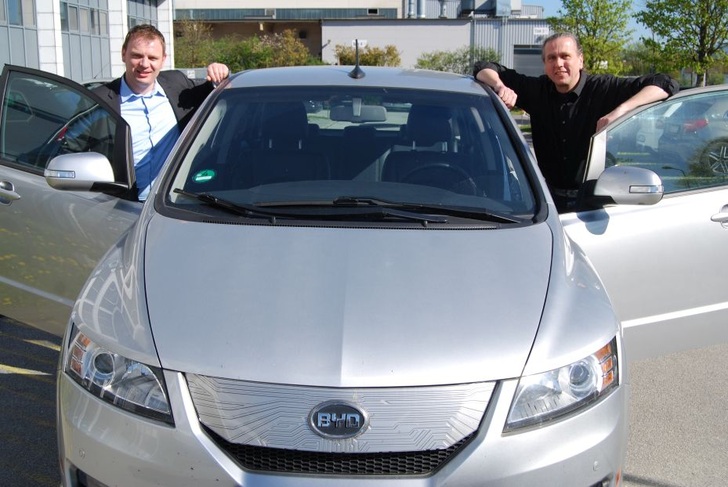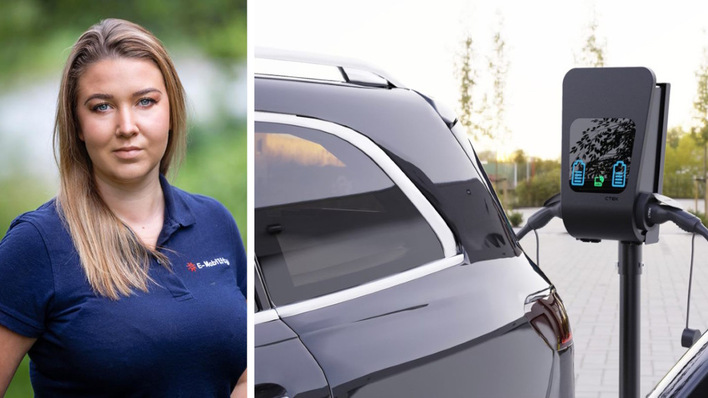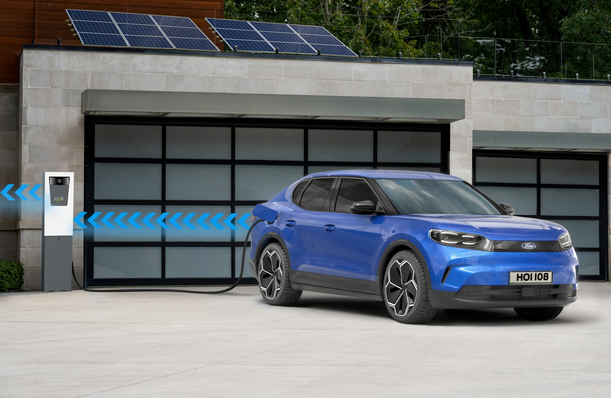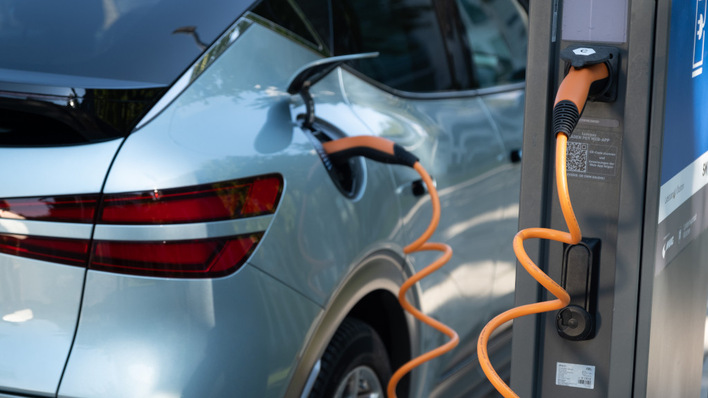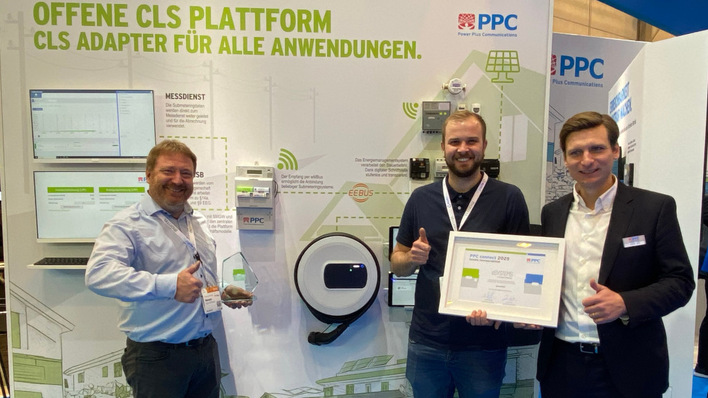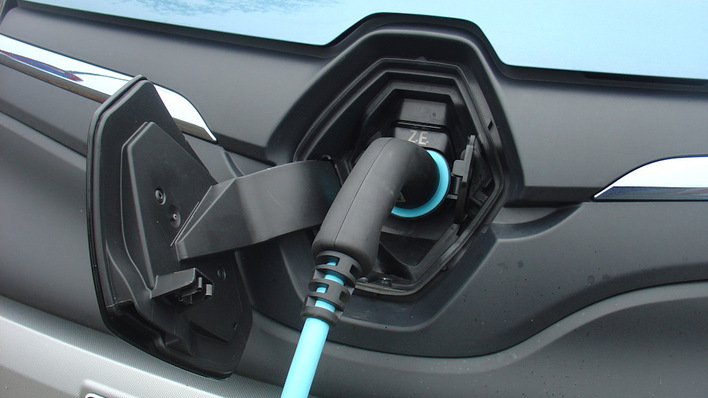An appointment on an industrial estate in Deggendorf on the southern bank of the Danube, at the intersection of two motorways. Norbert Gabriel steers a silver limousine onto the parking lot – it seems almost stealthy, because this crossover vehicle only has electric motors. The parking lot we are on is attached to an office block where the Bavarian company Fenecon has its headquarters.
Fenecon builds energy transition storage batteries that use lithium cells produced by the Chinese manufacturer BYD.
Now Fenecon is also the general importer for the new E6 which BYD has rolled out to the German market recently. And Norbert Gabriel is the expert on this electric car.
A quiet ride: Currently four E6s are registered in Germany, three of them with Fenecon. They are the main distributor for Bavaria and some of eastern Baden-Wuerttemberg as well as for Austria. Trafa of Stuttgart are responsible for sales in the rest of Baden-Wuerttemberg. Trafa has already been in cooperation with BYD building electric forklifts.
The rest of Europe is supplied directly by BYD Europe in Rotterdam. 200 E6s are already being driven in Europe, several as taxis in Rotterdam. The battery has a total capacity of 80 kilowatt hours.
A typical fleet vehicle
But who cares about the rest of Europe if you can drive around wonderful Bavaria, and in lovely sunshine into the bargain? With us is Franz-Josef Feilmeier, CEO of Fenecon. “For the time being, the E6 is not intended for private customers,” he explains, as we get into the car. “But we are trying to offer it to taxi companies in this region to use as fleet vehicles.” Minimum purchase are ten units.
Other business customers can also buy this car, but leasing is currently not in the cards. It would be possible, either through a local bank or Fenecon’s principal bank. To be clear: The E6 could also be interesting as a family car. True, the price is a little steep, but over time it will surely come down. And there is the recently introduced buyer’s premium, which will, however, only be applicable if BYD also participates.
This nice car is available in two versions: with ranges of either 300 kilometres (at a nett price of 44,900 euros) or 400 kilometres. The second more interesting version comes in at a nett price of no less than 49,900 euros. This certainly is in the upper price bracket, alongside Tesla. Since BYD has a very strong domestic Chinese market to fall back on, it is to be expected that in the medium term, their prices will come down sooner than Tesla’s. In 2015, the company sold about 60,000 EVs in China alone. During the same period, the entire German market was a mere 23,500 vehicles.
330 pound-feet from a standing start
The power output is impressive: The electric motors produce 330 pound-feet of torque, from zero RPM. This clearly shows in the accelerations that can be achieved. No diesel or petrol car produces that much torque. The maximum output of the electric motor is 90 kilowatts.
The long range of its battery has earned the E6 a great deal of attention from the very beginning. For a while, BYD was collaborating with Mercedes Benz as part of the joint venture Danzas. But while Mercedes is having issues getting viable EVs to the market, China has a variety of them driving on its streets every day.
BYD’s headquarters are in Shenzhen, the former Special Economic Zone north of Hong Kong, beyond the Kowloon hills. In addition to cars and storage units, BYD is very successfully developing electric busses which will also soon be available in Europe.
Energy transition can be fun
Driving the E6, there is no doubt: With a car like this, the energy transition can actually be fun. Getting in and out is easy and the car is high enough as not to have to be a gymnast, as with BMW’s I-3 or Mercedes’ B-Class. The passengers in the back have plenty of room. The back seats fold over to create a spacious boot – of 450 litres.
The cockpit is laid out very compactly. The gear lever built into the dashboard functions almost like a joystick. The centre console has no controls and the the car seats up to five people. It is limited to 140 kilometres per hour, but that is perfectly enough. Starting soon, it will come with a tow bar as standard.
All information is conveyed to the driver via a narrow display directly below the bottom of the windscreen. This creates a futuristic look and is convenient at the same time. Having to stare through the steering wheel is a thing of the past. The road is ahead and that is also where all the important information is – practically at eye level of the driver.
Solid warranties
BYD underpins its range figures with solid warranties. That is the advantage of BYD being an experienced manufacturer of batteries: They know their stuff. The vehicle itself is warrantied for two years or a maximum of 150,000 kilometres. The battery is warrantied for 4,000 full cycles, which corresponds to a battery life of 11 years. After that, BYD are guaranteeing a residual capacity of at least 75 percent. Considering the mileage, this is technically equivalent to 1.5 million kilometres of electric driving. Who ever said that the Chinese were behind the times.
In winter, the effective range is reduced by about 50 kilometres as a result of the electricity-consumption of the interior heating element. The vehicle can be charged at type 2 rapid chargers. A full charge requires two hours. BYD also offers their own rapid chargers (type 2, 22 kilowatts charging capacity). Cities like Oslo and Rotterdam are already well-equipped with such charge points. Regensburg for instance wants to convert its taxis and will thus require charging infrastructure. And other players are also surging into this new market: RWE is currently installing new superchargers (type 2, 43 kilowatts) at all motorway services. 220 volts (single-phase) and 400 volts (three-phase) charging adapters are also available.
Fenecon is planning to call on the fleet operators to do their own service. However, because the battery runs on 300 volts, this will require specialists and service engineers qualified for high voltage. Naturally, the vehicle is capable of regenerative breaking.
E6 nurses Tesla back to life
The E6’s battery has recovery capability. With its 80 kilowatt hours of capacity, it can easily supply electricity to a business or a private home. A combination with stationary storage units is also conceivable. Fenecon markets BYD’s household and larger commercial storage solutions.
Some extremists are already going further: In the future, electricity may only be available from charge points. This would mean that a building would no longer be connected to the grid. A charming idea, because that would at a stroke end the bureaucratic nightmare caused by the Renewable Energies Act (EEG). It would mean true self-sufficiency – with minimum technical effort. And the E6 also has another trick up its sleeve: It can nurse a Tesla with a flat battery back to health. This is said to have happened already. No Tesla can charge up an E6. That’s a key difference: The Chinese think for others, the Americans only of themselves. Because BYD is going from strength to strength with its battery systems and busses, they are planning to build a new factory in Hungary.
The E6 has six airbags as standard, including two side curtain airbags. ESP and a breaking assistant are also included. Further standard features include LED daytime running lights and LED rear lights, a continuously variable transmission, 17-inch alloy wheels, four electric windows, cruise control as well as air conditioning and parking sensors. Also pre-installed are a CD radio and an alarm system. (HS)
Get more information about electric cars, best electric cars, prices, range and solar carports
Stay informed, get our weekly newsletter. Register here: http://www.pveurope.eu/Newsletter
Related news:
https://www.pveurope.eu/e-mobility/software-giant-sap-plans-have-5000-electric-company-cars-2020


